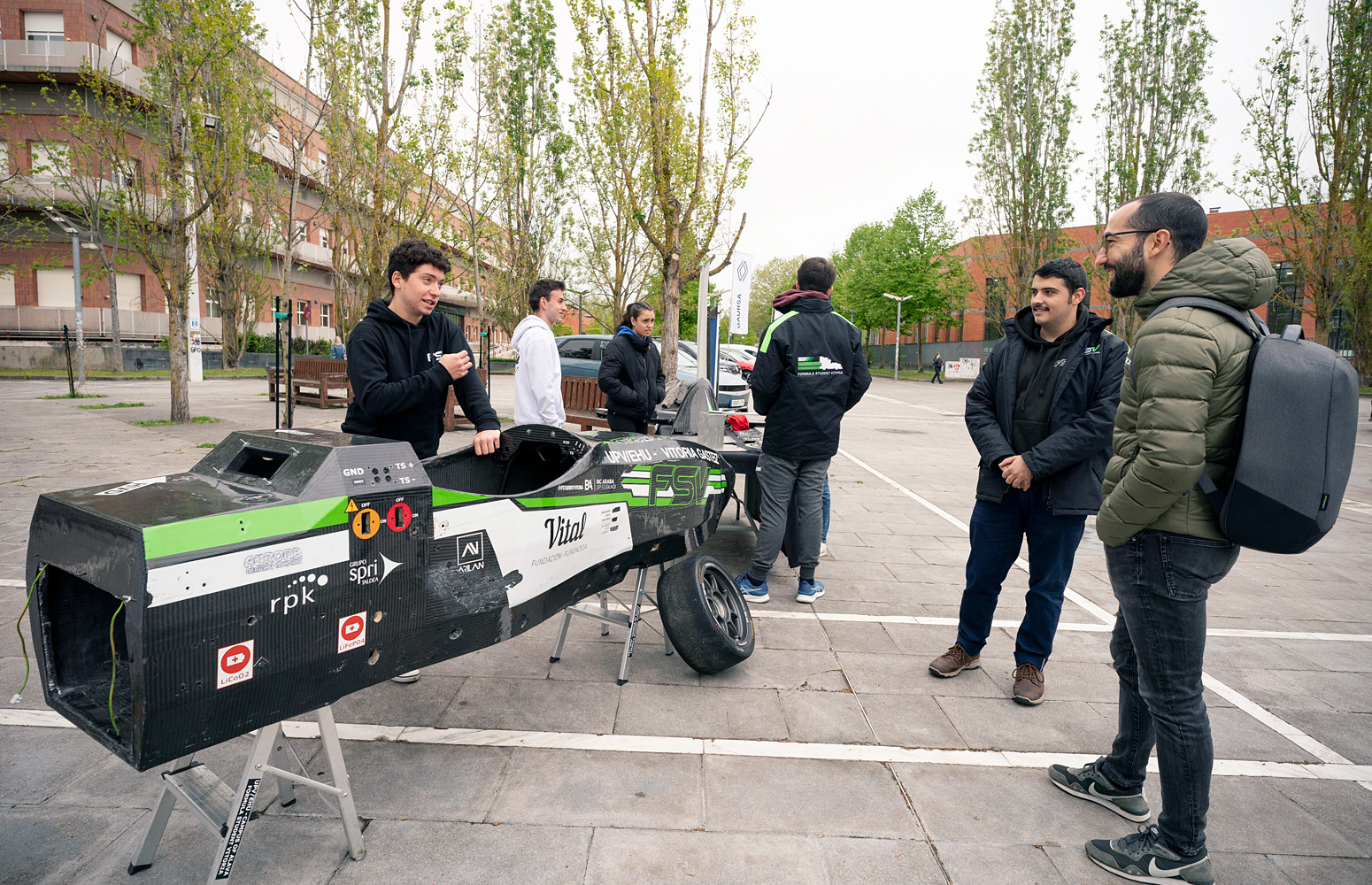A study by the department of the Philosophy of Values and Social Anthropology at the UPV/EHU has taken an in-depth look at the history and evolution of the trikitixa to analyse the hybridisation of Basque culture itself. It concludes that culture is gathered, transformed and transmitted and that its adaptation is essential for the survival of any culture.
-

In memoriam: Arturo Muga
-
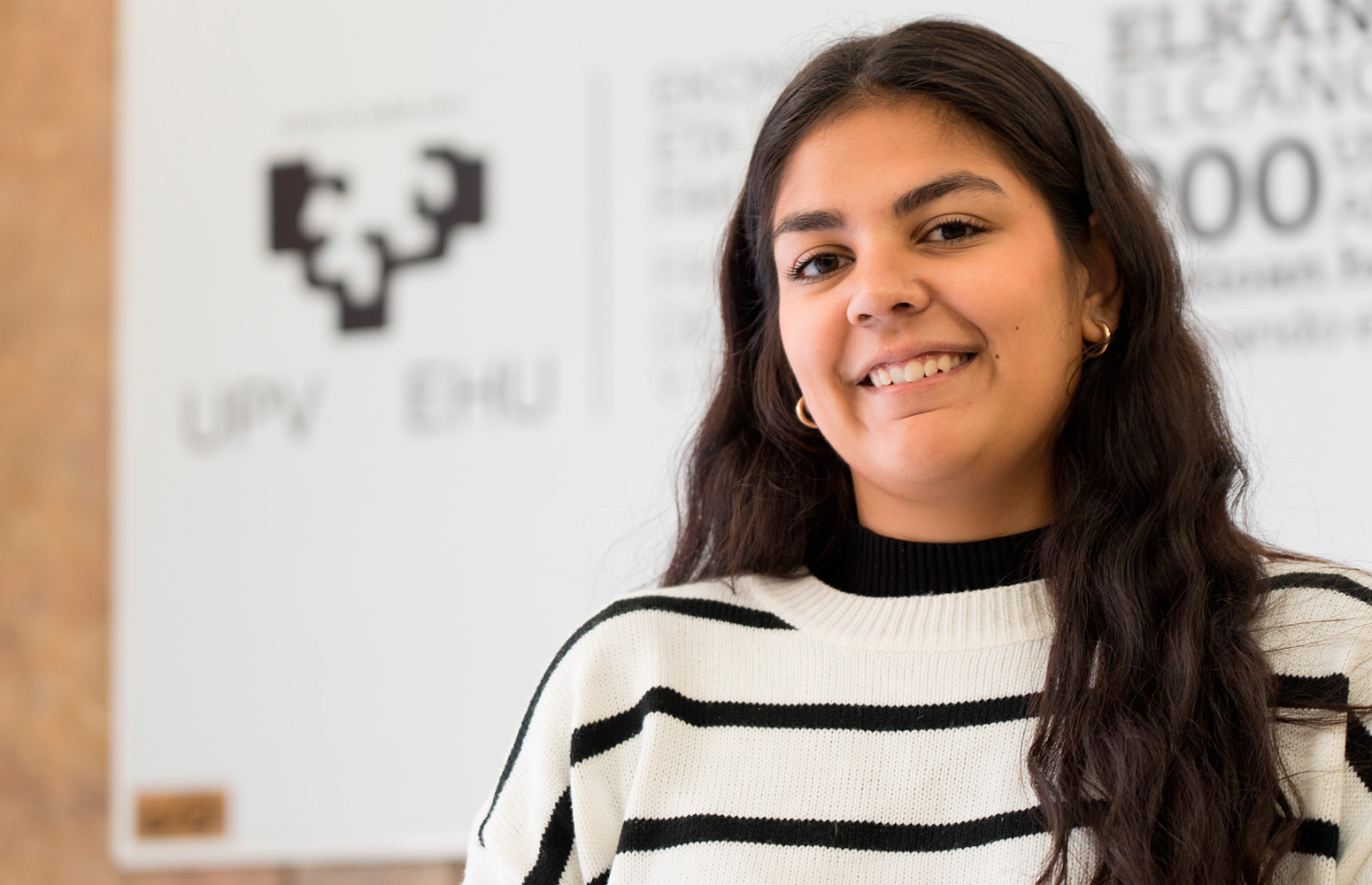
Violeta Pérez Manzano: «Nire ahotsa ijito bakar batengana iristen bada eta horrek inspiratzen badu, helburua bete dut»
-
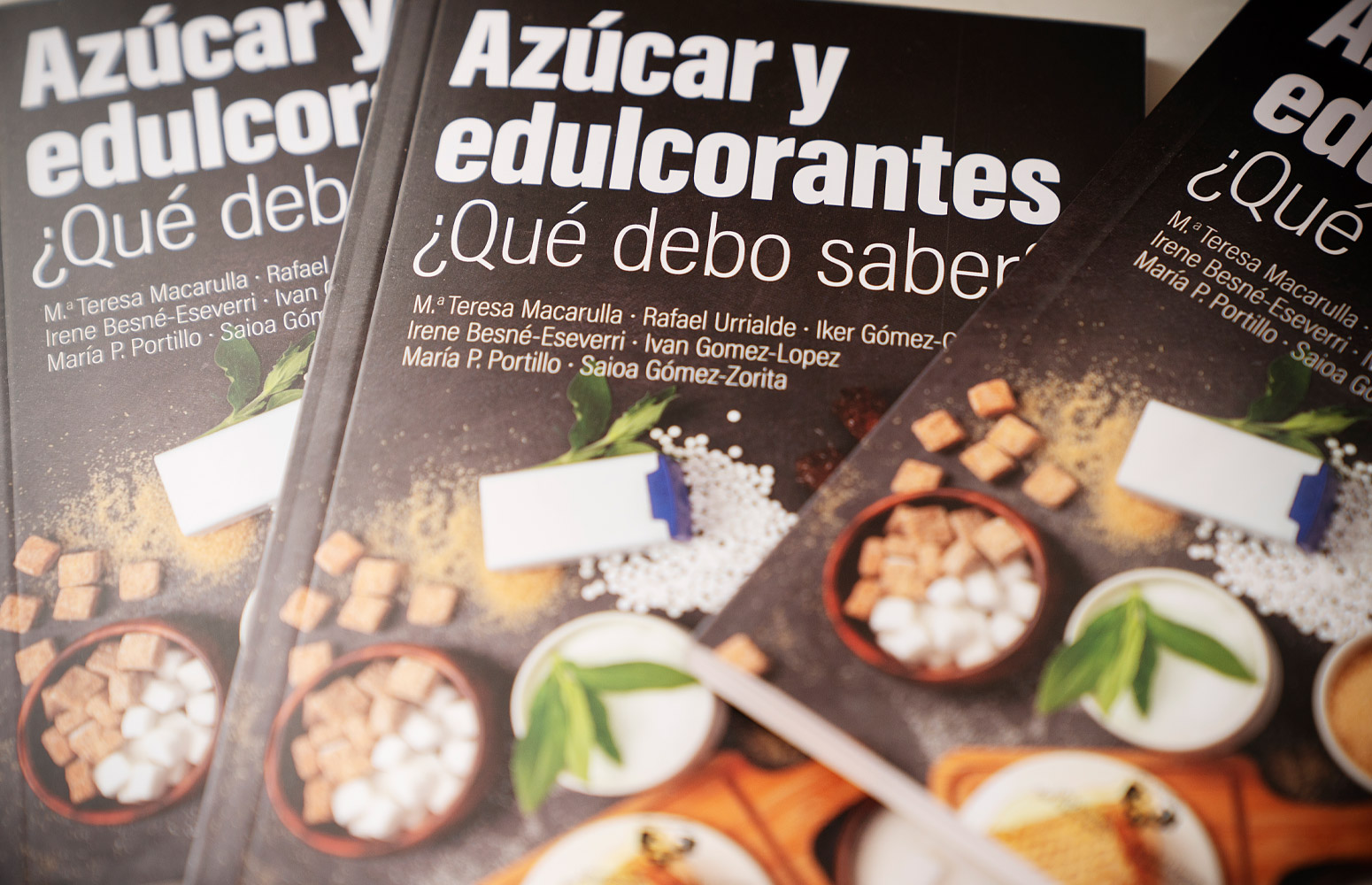
Azukrea eta edulkoratzaileak. Zer jakin behar dut?
-
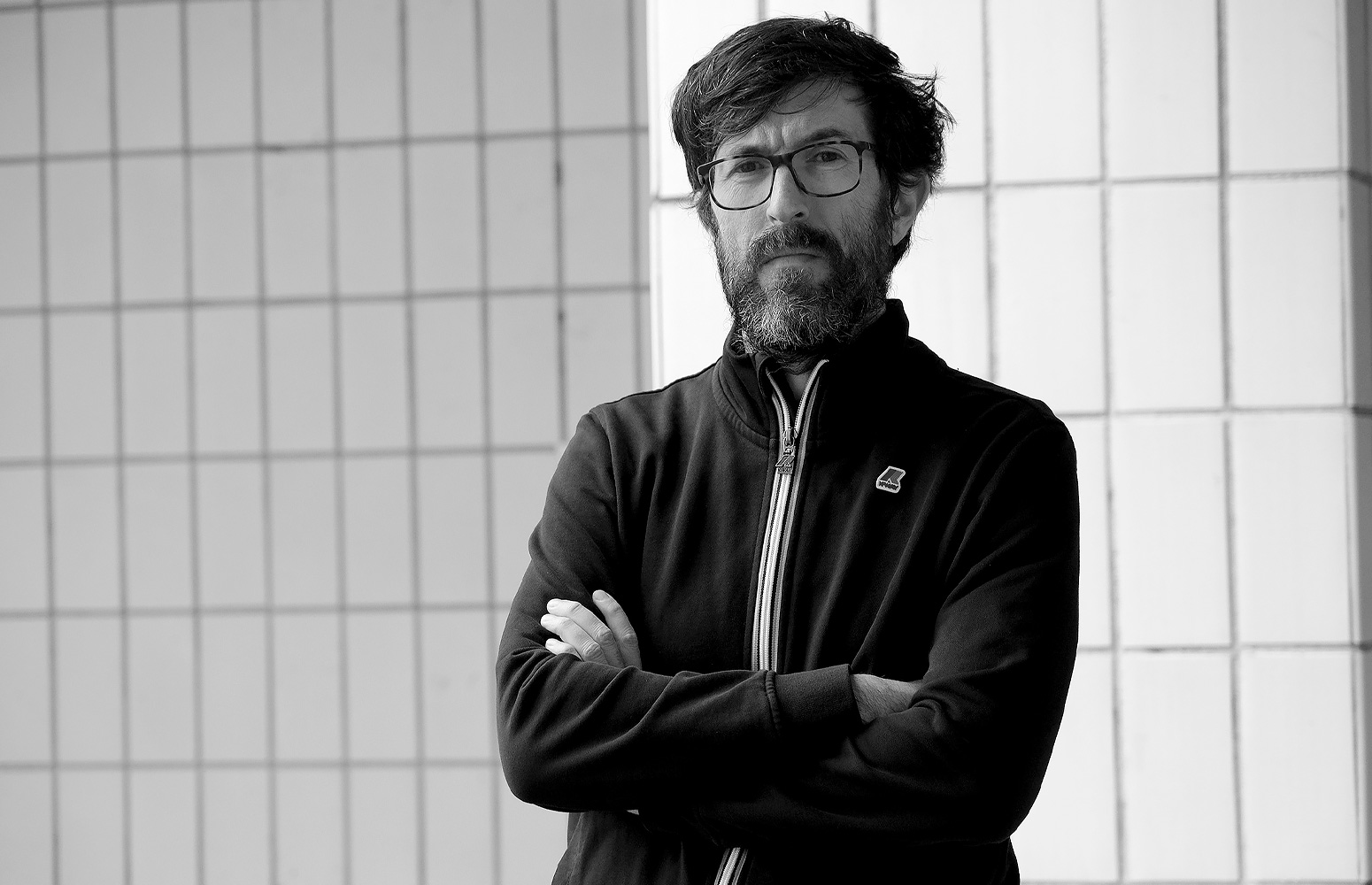
Athletic zuri ta gorria, zu zara nagusia, baina zertan? Gizonezko futbol profesionalaren gaitasun (im)mobilizatzaileari buruzko hausnarketa soziologikoa
-
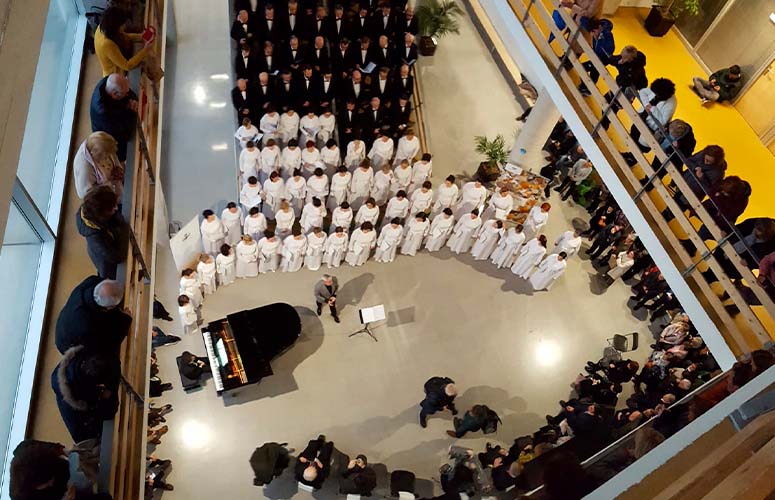
Iñigo Argomaniz sustatzaileak eta Eli Arabaolaza ikertzaileak irabazi dute XXIII. Donostiako Orfeoia-UPV/EHU Saria
An X-ray of the trikitixa
A study by the UPV/EHU-University of the Basque Country explores the intrinsic hybridisation of Basque culture, the trikitixa [diatonic button accordion] in particular
- Research
First publication date: 01/03/2021
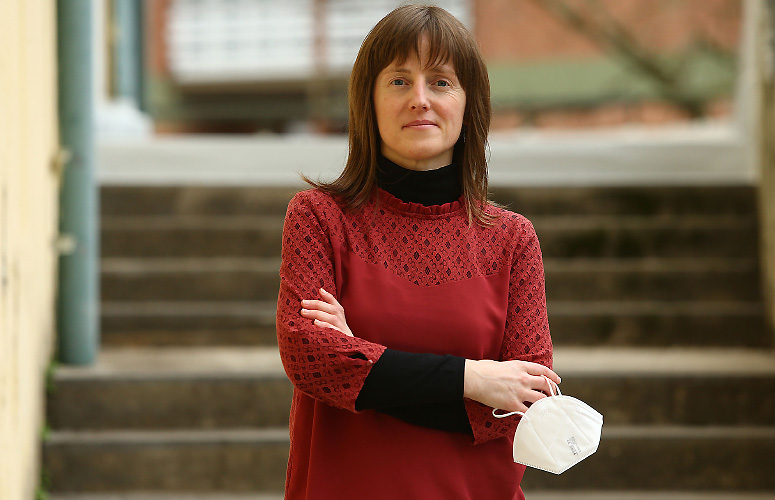
“The diatonic accordion (trikitixa or soinu txikia) arrived in the Basque Country in the 19th century. Prior to that time the alboka [a single-reed woodwind instrument] and tambourine were used on pilgrimages to country chapels; when the trikitixa arrived on the scene, it was introduced at first to accompany the tambourine. However, before long it took the leading role, above all among the rural Basque population of Gipuzkoa and Bizkaia, and the degree of transmission achieved was truly significant. Besides representing the tension between tradition and modernity very well, it is a musical expression that offers clear examples between the past and the future or the local-global, and that is why I began to explore the hybridisation of the trikitixa,” said the researcher Gurutze Lasa-Zuzuarregui.
But what is hybridisation exactly? “It is the term that the social sciences took from biology at the end of the last century. Hybridisation may often be a complex, confusing concept. That is why in this piece of research I have based myself on the definition produced by the Argentinian anthropologist Nestor García-Canclini. What the Argentinian anthropologist understands by hybridisation is the sociocultural processes in which the discrete structures or practices that appear separate are combined to create new structures, aims and practices. So the combination of separate structures and attitudes gives rise to hybrid structures, attitudes and individuals, which is hybridisation,” explained Gurutze Lasa-Zuzuarregui. “We are in the internet era, a time when we become rapidly and easily aware of new developments in other countries. That enables us to easily blend and multiply these innovations,” she added.
“As regards the geographical sphere, I have explored the historical evolution of the trikitixa in Gipuzkoa and Bizkaia, Navarre, Álava and the Continental Basque Country through field work conducted in a precise way, as well as the role, location and problems of women in this evolution,” said the researcher. “In terms of the chronological framework, despite the fact that the first mention of the introduction of the diatonic accordion (trikitixa or soinu txikia) in the Basque Country dates back to 1889, I have devoted particular attention to the period from the 11th General Basque Country Championships (held in 1986) until the present day to explore how the trikitixa has evolved. I have also looked at the features of some of today's trikitixa players and how they are reflected in their production. And the fact is that together with the General Basque Country Trikitixa Championships, Tapia & Leturia, Kepa Junkera, Esne Beltza, Gose, Huntza & Koban are key for the purpose of observing the hybridisation we are analysing,” added Gurutze Lasa-Zuzuarregui.
In view of what has been analysed, the researcher said that “the capacity to adapt is essential if cultures are to survive. We gather, transform and transmit culture. The new generations receive elements from the previous ones but they also dismantle others on the basis of their interests. At the same time they acquire new elements as a result of relations with other cultures”.
“We have shown that the interactions between the elements gathered and contemporary trends give rise to the naturalization of elements unconnected with the previous ones and the creation of a wealth of new traditions," said Gurutze Lasa-Zuzuarregui. “Combinations of local and foreign elements also encourage artistic creation, as can be seen reflected in the works of Tapia & Leturia, Kepa Junkera, Esne Beltza, Gose & Koban.”
Furthermore, significant changes have taken place from the gender point of view; “leaving invisibility on one side, there has been a progressive diversification of the initial hegemonic profile of rural, male origin, and nowadays many women perform with the trikitixa”.
Likewise, "I would like to show with this work that trikitixa is another form of musical expression which needs to be valued in our society, in education and in all spheres. Leaving prejudices on one side and having the value of trikitixa players enhanced by the musical sphere”, stressed Gurutze Lasa-Zuzuarregui.
Additional information
This research was conducted within the framework of the PhD thesis by Gurutze Lasa-Zuzuarregui (Aduna, Basque Country, 1978) entitled Euskal kulturaren hibridazio prozesuak: trikitixaren kasuaren azterketa [Hybridisation processes of Basque Culture: analysis of the case of the trikitixa]. Her supervisors were the lecturer Mari Jose Olaziregi-Alustiza at the UPV/EHU’s Department of Linguistics and Basque Studies and the lecturer Pío Pérez-Aldasoro at the Department of the Philosophy of Values and Social Anthropology. The thesis was written up in collaboration with the Mikel Laboa Chair of the UPV/EHU.


